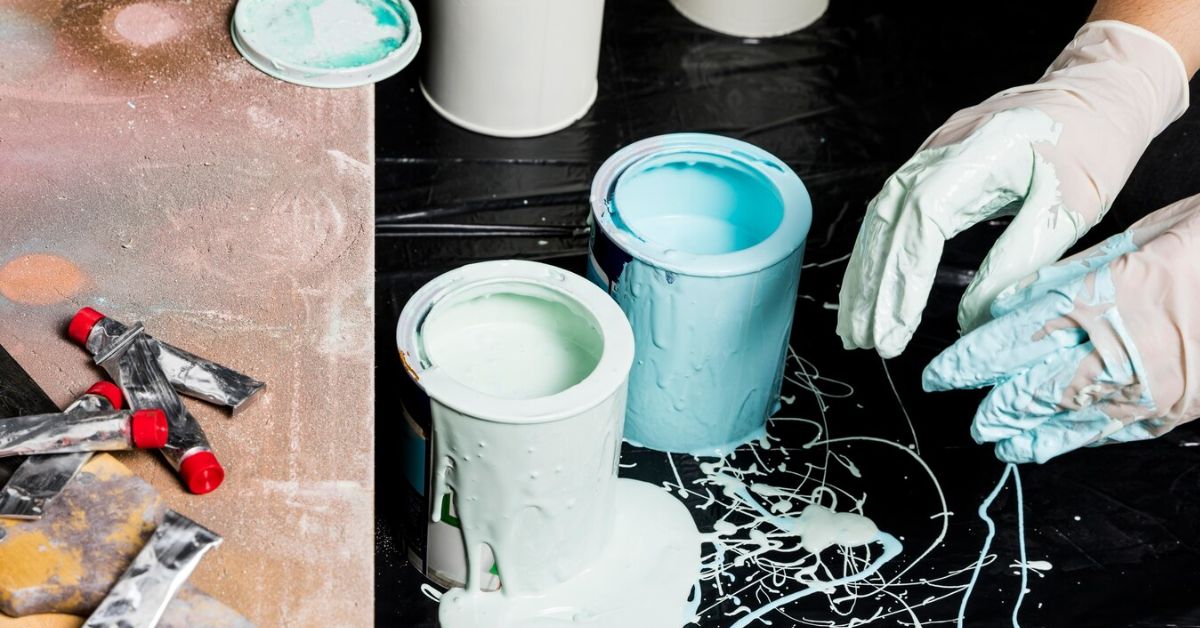Organizations must conduct paint tests to determine that their coatings offer proper performance under diverse environments. Various specific equipment exists for testing paint quality and durability to evaluate performance outcomes. The evaluation methodology includes tests that measure efficient adherence as well as durability against environmental stressors and hardness levels and other important performance indicators. This article reviews the characteristic testing equipment that industrial operations implement for examination purposes.
Why Is Paint Testing Important?
The determination of coating durability, along with effectiveness, needs paint testing to proceed. The results from testing allow manufacturers to determine how paint works in various environmental settings. The evaluation confirms that paint products will safeguard surfaces while preserving their visual quality over time. Different testing apparatuses, together with their suitable evaluation method, provide solutions for specialized tests.
Types of Paint Testing Equipment
Multiple systems exist for paint testing since they need specific testing applications. The list below contains commonly employed paint testing equipment that evaluators use to determine paint properties.
1. Adhesion Tester
The adhesion tester establishes the degree of paint-to-surface binding strength. The tester determines the substrate bond strength of paint materials applied to metal as well as wood and plastic surfaces. The success of coating depends heavily upon obtaining sufficient bonding strength.
Key Features:
- The testing system exists in multiple models, including crosshatch and pull-off testers.
- The device allows testing adhesive strength across a range of surfaces and paint materials.
- The device delivers straightforward output regarding paint bond strength estimation.
Common Applications:
- This equipment checks coating adherence on walls together with metal surfaces and automotive components.
2. Gloss Meter
The gloss meter evaluates the reflective gloss quality of paint surfaces through a specific measurement process. The appearance quality together with the surface texture of decorative paints depends fundamentally on gloss because it shows how shiny the paint looks. Finishes which demonstrate higher gloss values present smoothness coupled with shine appearance.
Key Features:
- The gloss measurement occurs at specific angles, which may include 20°, 60 °, and 85°.
- The device shows gloss units for reflectance measurement.
- The device can evaluate gloss regardless of surface flatness or curvature.
Common Applications:
- The automotive industry, as well as furniture manufacturing and the decorative coating sector, implements this technology.
3. Hardness Tester
To determine paint surface resistance against scratching and overall hardness the hardness tester can be used. The durability of paint strengthens as surface coatings become harder. The paint’s ability to defend against physical damage with abrasions and scratches during its lifetime gets determined through this crucial examination.
Key Features:
- A hardness measurement device uses standardized scales, which include Pencil Hardness and Shore Durometer.
- The test determines how the coating withstands external pressure together with contact friction.
- Available in portable models for field testing.
Common Applications:
- This testing method checks coatings used by industries for their protective purposes on machinery production equipment along with auto components and functional furniture items.
4. Salt Spray Tester
A salt spray tester serves the purpose of measuring how painted surfaces withstand caustic conditions. To evaluate resilience the test exposes the painted surface to saltwater fluid that imitates atmospheric conditions that cause corrosion. Test equipment enables users to determine paint resistance to saltwater exposure as well as its ability to defend against rust and corrosion.
Key Features:
- Simulates harsh, corrosive conditions.
- Provides fast and consistent results.
- The equipment evaluates how well different coatings perform, including marine coatings as well as automotive paints.
5. Film Thickness Gauge
Surface coatings can be measured for their thickness with the help of a film thickness gauge. A coating needs to be appropriately thick to guarantee protection and reach the intended finishing outcome. A paint layer that is too thin results in insufficient coverage yet a layer that is too thick tends to produce cracks.
Common Applications:
- Technical industries, along with automotive manufacturers, rely on this device for checking coating thickness compliance.
6. Impact Tester
The impact tester provides an evaluation of how well a paint resists physical attacks. This evaluation emulates actual contacts and falling movements which affect painted surfaces. The meter applies controlled force to the painted surface by using either a pendulum or weighted implement.
Common Applications:
- Automotive, industrial, and construction coatings require this test to check their tolerance against physical abuse.
7. Humidity Chamber
The impact tester allows researchers to observe the response of painted surfaces under high humidity conditions through its testing chamber. Paint performance outcomes during humidity exposure can be evaluated through this testing equipment to determine whether the coating material survives the conditions properly.
Key Features:
- The equipment delivers uniform environmental conditions of heat and moisture.
Common Applications:
- Industrial research facilities utilize this equipment to determine coating performance in outdoor buildings, automotive components, and electronic devices.
Benefits of Paint Testing Equipment
- Accurate Results: Provides precise measurements of various paint properties.
- Quality Control: Ensures consistency in paint production and application.
- The testing environment allows evaluations of coating lifespan and functioning properties in actual usage conditions.
- Testing for cost efficiency allows the identification of upcoming problems to prevent both expensive mistakes as well as unnecessary rework.
Conclusion
The correct paint testing equipment maintains essential traits for coatings, including performance capabilities alongside durability and visual appeal. The testing equipment, comprised of adhesion testers, gloss meters, and salt spray testers, enables manufacturers to determine paint resistance levels under various environmental conditions. The performance of paint in various applications receives confirmation through proper testing to ensure appropriate meeting of established requirements.











